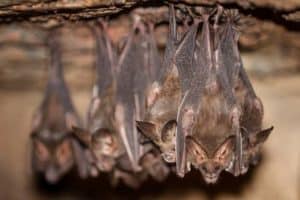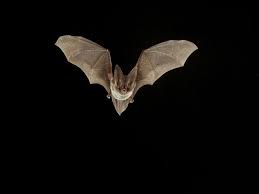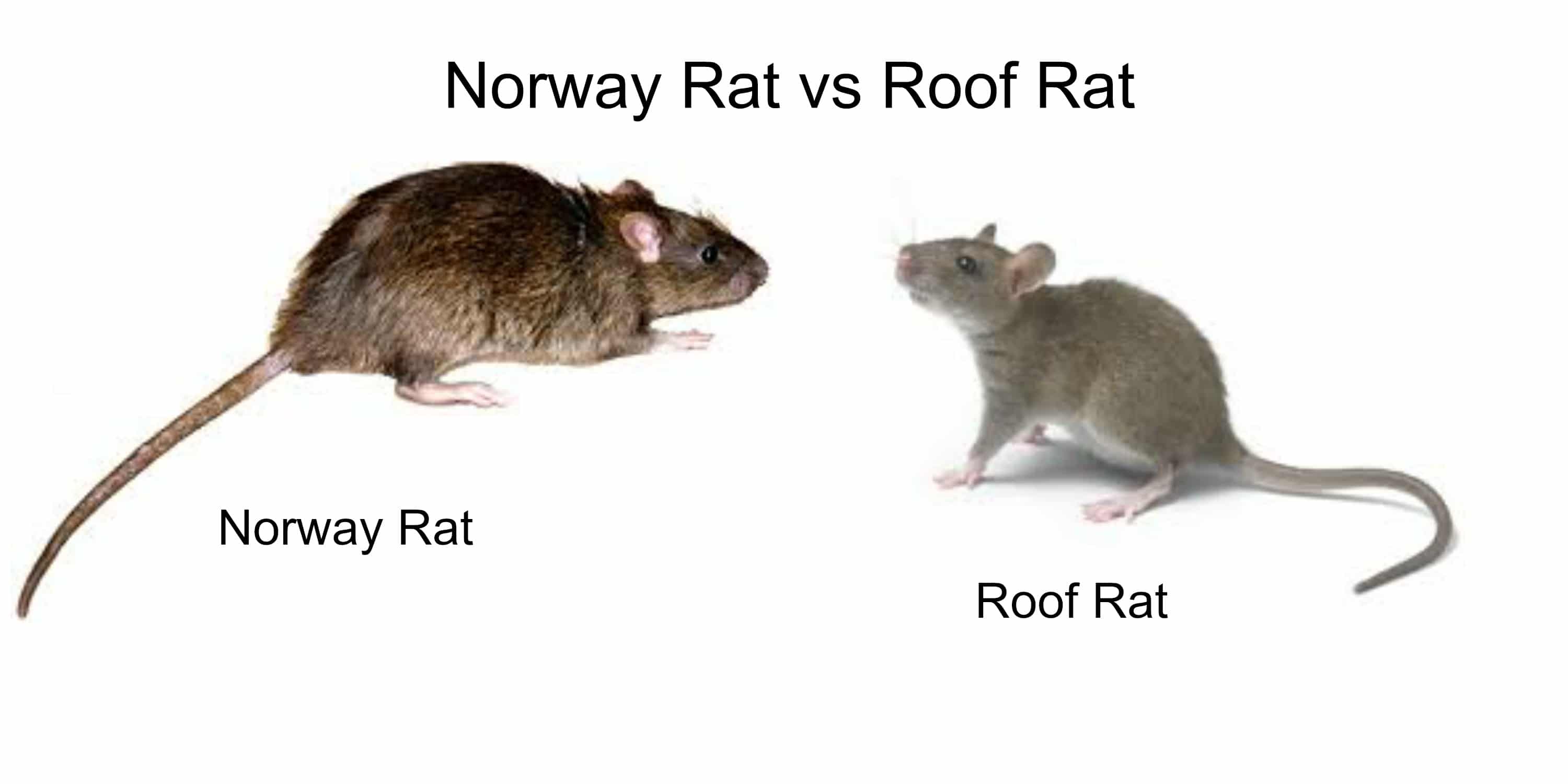Table of Contents

Sometimes the bats are heading to your attic as it provides them with a safe, warm environment. Bats are number three on the list of attic pests right behind rats and squirrels! But attics are not a true natural habitat for bats and many homeowners wonder, “Where are bats supposed to live?”. We’re answering this question in this article by taking a closer look at exactly where bats spend their downtime. You might already know that bats like caves, but the other places where many bats live might surprise you.
Bats Live in Roosts
A roost is a place where bat colonies choose to sleep, hibernate, and birth their young. Bat roosts are almost always located far away from regular human activity, which explains why many people find bats in their attic or lesser-used storage sheds.
A lot of factors go into the choice that bats make when they select where they’ll be ‘hanging out’ during the daytime. To some extent, even social relationships among bats can be a significant contributing factor in their decision. Some of the other qualifying criteria that are used by bats to select a home include:
Proximity to food
The vast majority of bats are insectivores, and they prey on flying bugs like mosquitoes and dragonflies. For a bat to have a higher chance of survival and successful breeding, it needs to find a roost that will provide the bat with easy access to large swarms of insects.
For other bats that prefer herbivorous diets, a roost location close to certain fruits or cactus flowers would be ideal.
Isolation
Bats sleep in the daytime and are generally vulnerable when they do, which means that their roost needs to be tucked far away from predatory animals like weasels, snakes, owls, and even humans.
What’s more, most bat species prefer a dark roosting area to further conceal themselves from sight. This makes caves, caverns, and abandoned mines ideal candidates for a bat home.
Warmer temperatures for breeding and sleeping
Many bat species are more successful in breeding when they can mate and birth their young in roosts that are warm. Remember that bats are mammals, which means they are warm-blooded. They also hibernate something that can sometimes span months in time. Therefore, a warmer roost is more conducive to surviving the colder months and ensuring that the young bats (called ‘pups’) live beyond adolescence.
Not all bats have such stringent requirements as those listed above. In fact, many bats are quite content to simply hang upside down from high up in a tree canopy, snoozing away as their would-be predators prowl for their next meal on the forest floor below.
Bats are fascinating animals that use their highly evolved sense of navigation and spatial understanding to make educated decisions about where to roost—decisions that could very well mean the difference between life or death for the colony.
Roost Variations
Caves. Caverns. Mines. Abandoned buildings. Treetops.
All of these are great options for many bat species. However, not all roosts are created equal, and what will work fine as a roost for a specific colony of bats would spell disaster for another. Biologists have deemed certain ‘biologically important’ bat roosts to serve at least three unique purposes, and not all purposes are met by the same roost.
These purposes include:
- Aiding in maternity for bat mothers
- Serving as a ‘hibernaculum’ for bats in hibernation
- Being a hang-out for bachelor bats, so they have a place to rest and recuperate between hunting and foraging sessions.
Surprisingly, many bats are able to have their needs served by some out-of-the-way places that many people wouldn’t suspect to become bat homes. Some of these include old piles of dead tree bark and deep crevices within the trees themselves. Yet other bat species can even be seen as they roost from talus slopes or rock faces located at high elevations.
Some bat enthusiasts even build bat roosts out of manufactured materials in an effort to attract bats and feed them. Once you learn what a bat likes when it’s looking for its home, it turns out that it’s not too difficult to artificially recreate it!
The Fragility of Bat Homes
Regardless of where a bat colony chooses to set up camp and raise their young, one thing is for sure: bat roosts are delicate, fragile places that are easily disturbed. This is especially the case when humans enter the picture, as bats are often viewed as a pestilence to be eradicated instead of a highly intelligent species of animal that deserves respect and protection.
Therefore, it is always advisable to never disturb bats that are roosting unless a trained, permitted professional has been hired specifically for the job. Many bat species are endangered, and disrupting their habitats, even marginally, could have a devastating effect on their species as a whole.
Treat bat roosts with respect and admire them from afar, and you’ll be doing your part to ensure that bats and humans continue to coexist peacefully.






